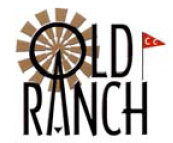It's April 2014 And The Geese Have Come To Visit
Did You Know? - The Canada Goose (Branta canadensis) is a goose with a black head and neck, white patches on the face, and a brown body. Native to arctic and temperate regions of North America, it also occasionally migrates to northern Europe, and has been introduced to Britain, New Zealand, and other temperate regions.

He spies us on the 8th hole....
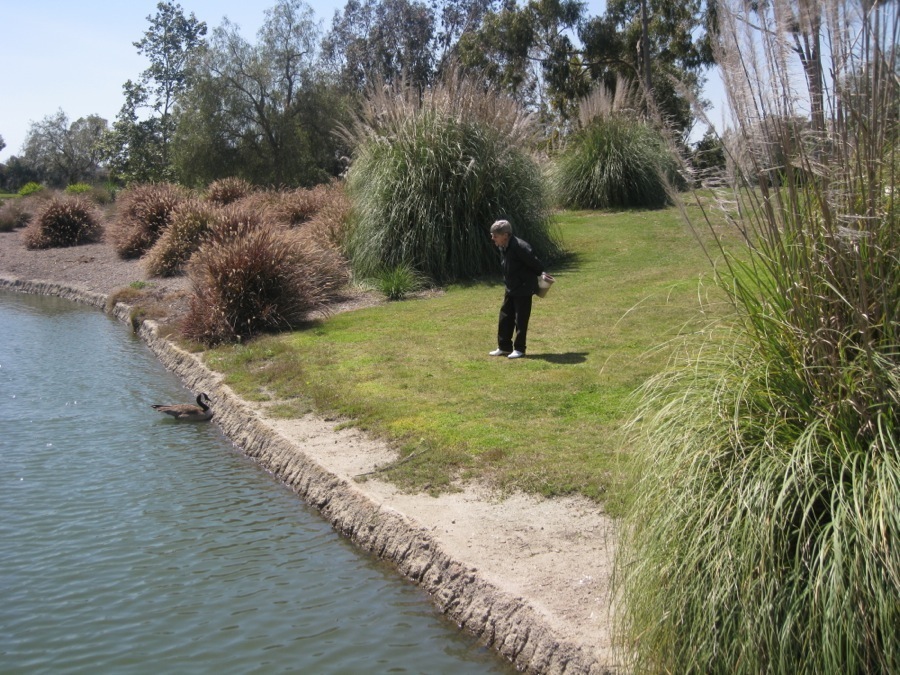
"Good goose... You swam all the way over for brunch!"

"Grandma... Don't just stand there! Help me up!"
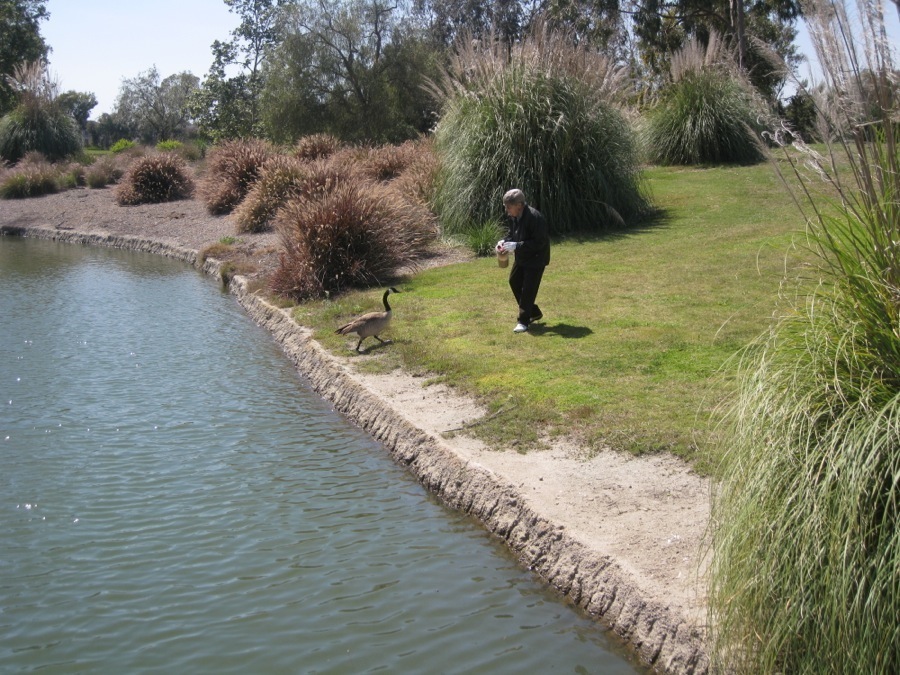
"I have some goodies for you!"

"Yummy yummy"
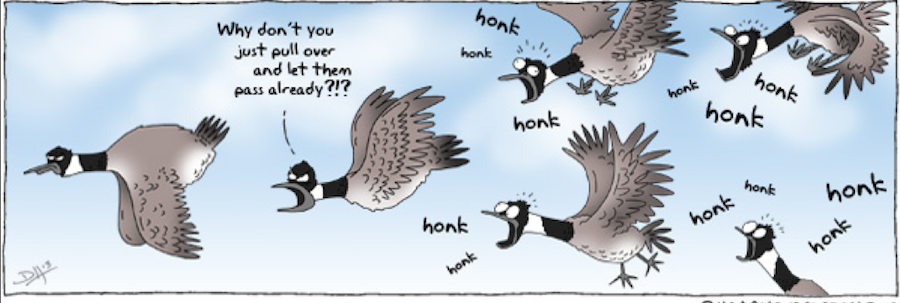
We often hear them overheat at the ranch and wondered what the honking was about
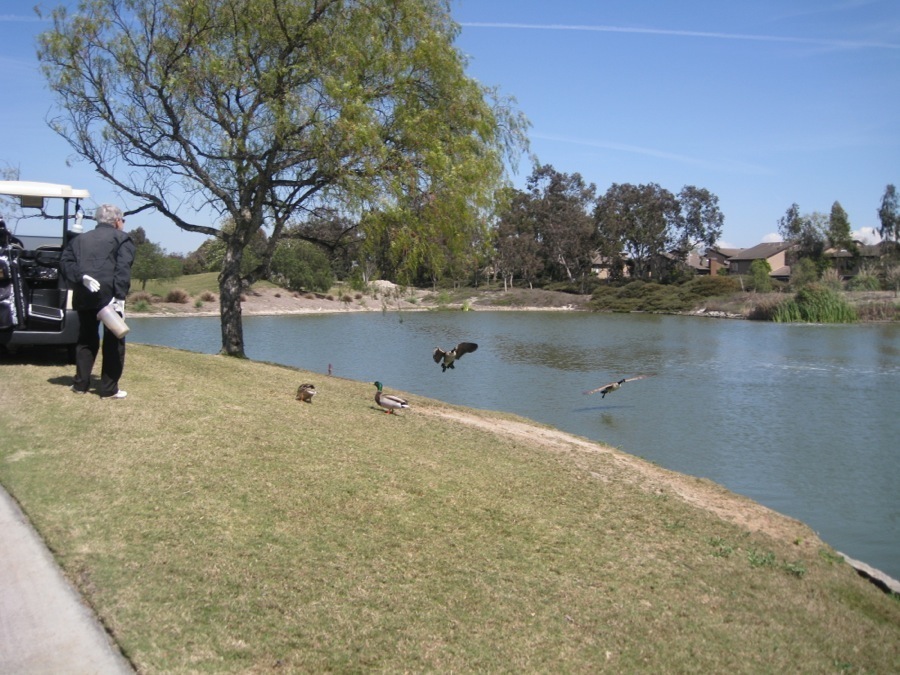
Here they come!
Did You Know? - This species ranges from 75 to 110 cm (30 to 43 in) in length and has a 127–185 cm (50–73 in) wingspan.[8] The male usually weighs 3.2–6.5 kg (7.1–14.3 lb), and can be very aggressive in defending territory. The female looks virtually identical but is slightly lighter at 2.5–5.5 kg (5.5–12.1 lb), generally 10% smaller in linear dimensions than its male counterpart, and has a different honk.
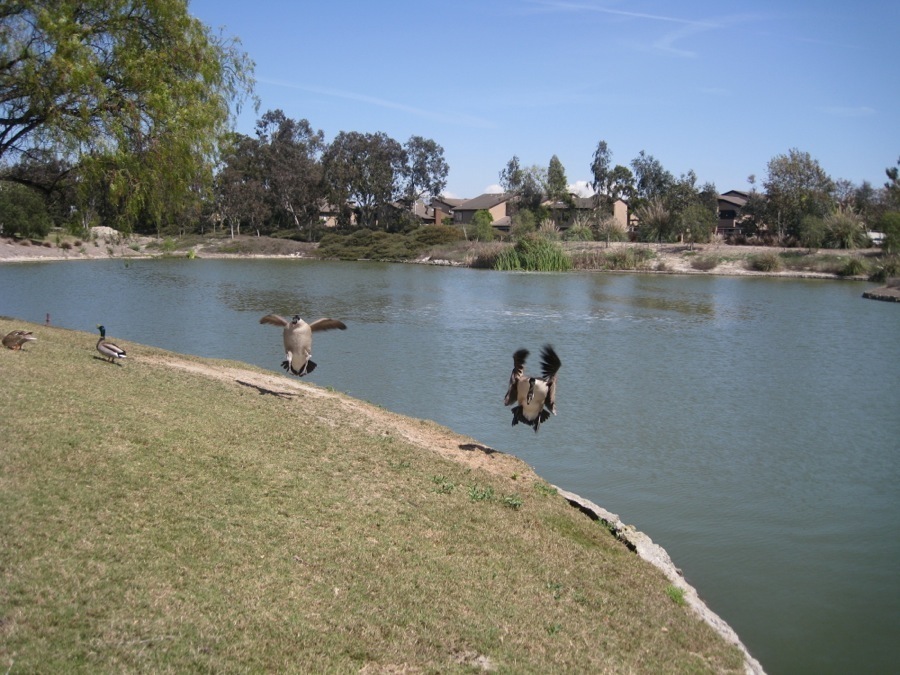
Coming in on a wing and a prayer

"OK... Where is the food??"
Did You Know? - In recent years, Canada Goose populations in some areas have grown substantially, so much so that many consider them pests for their droppings, bacteria in their droppings, noise, and confrontational behavior.
This problem is partially due to the removal of natural predators and an abundance of safe, man-made bodies of water near food sources, such as those found on golf courses, in public parks and beaches, and in planned communities.
Due in part to the interbreeding of various migratory subspecies with the introduced non-migratory Giant subspecies, Canada Geese are frequently a year-around feature of such urban environments.
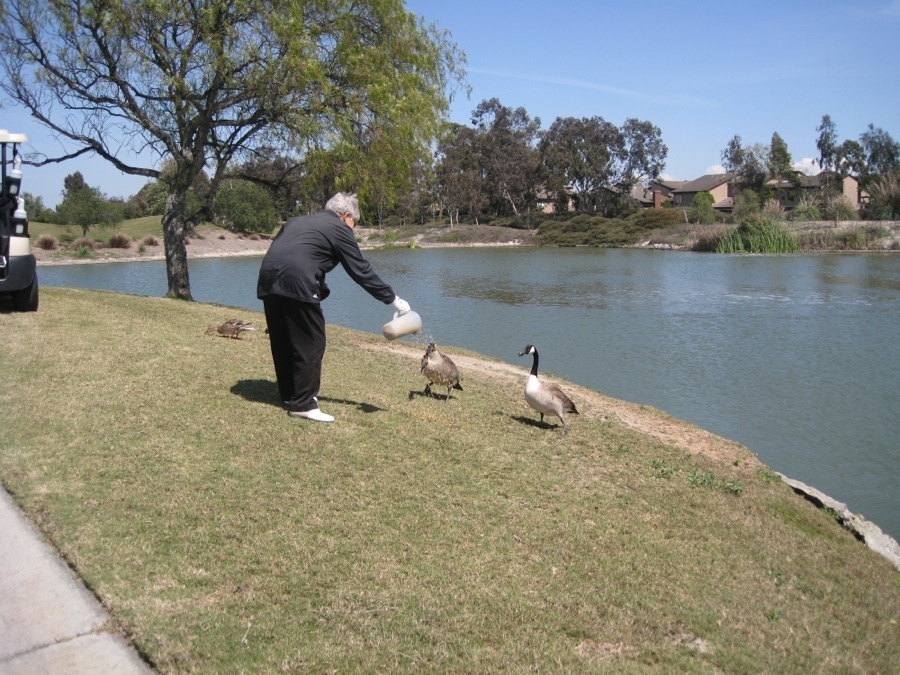
"Grandma Sue... Do you have napkins and a small candle?"
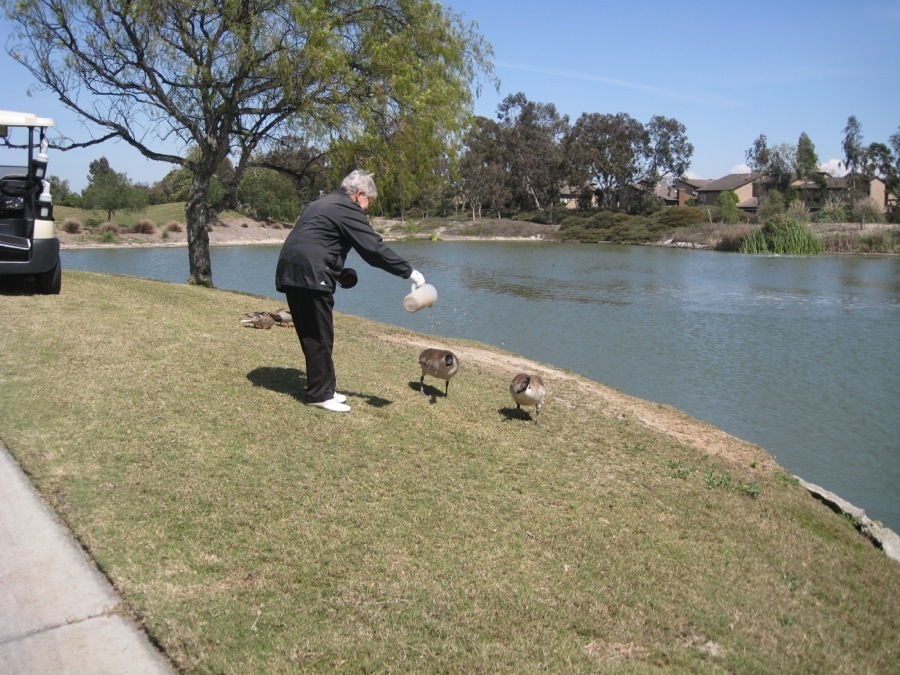
Sue and the geese discuss migration and we \learned something new!


Chomp chomp!
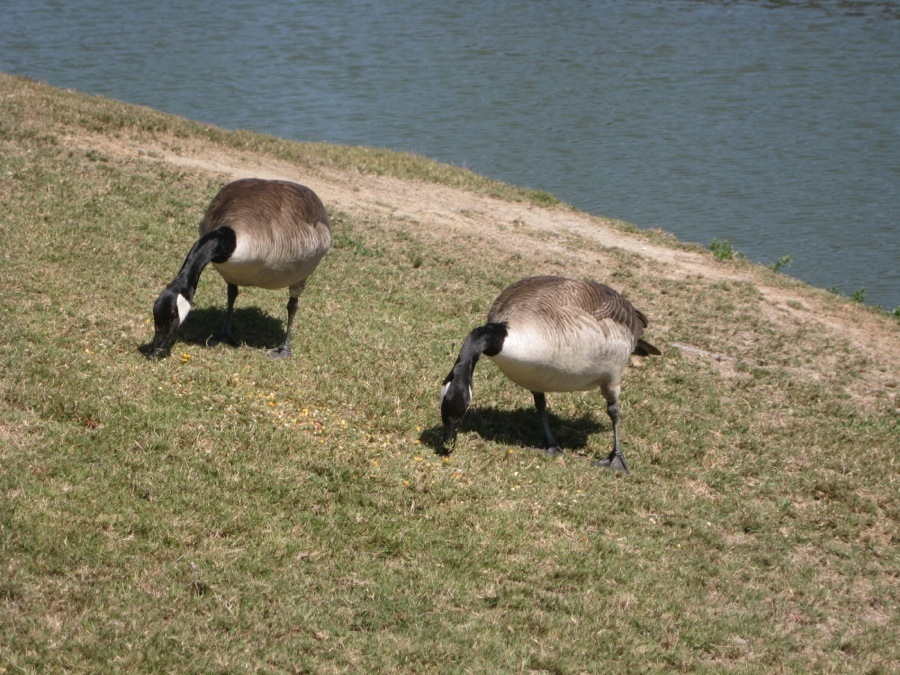
"Hey... This vitamin fortified premium scratch is good!"
Did You Know? - Canada Geese are primarily herbivores, although they sometimes eat small insects and fish. Their diet includes green vegetation and grains. The Canada Goose eats a variety of grasses when on land. It feeds by grasping a blade of grass with the bill, then tearing it with a jerk of the head.
The Canada Goose also eats beans and grains such as wheat, rice, and corn when they are available. In the water, it feeds from silt at the bottom of the body of water. It also feeds on aquatic plants, such as seaweeds.
In urban areas, they are also known to pick food out of garbage bins.

"Grandma Sue! Flying south is not as easy as it used to be!"
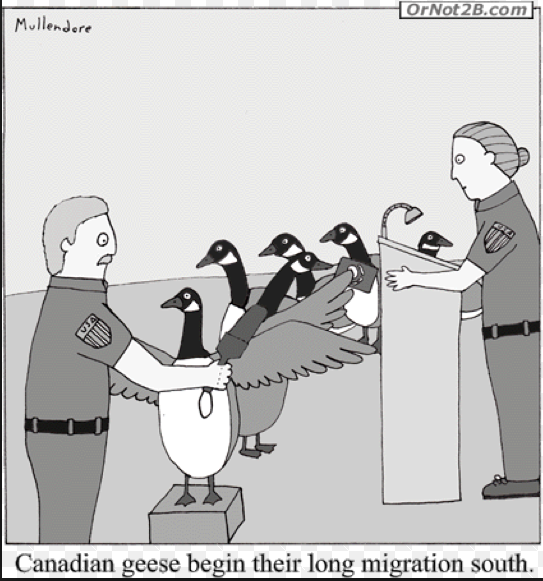
Did You Know? - During the second year of their lives, Canada Geese find a mate. They are monogamous, and most couples stay together all of their lives. If one dies, the other may find a new mate. The female lays from 2–9 eggs with an average of five and both parents protect the nest while the eggs incubate, but the female spends more time at the nest than the male.
Its nest is usually located in an elevated area near water such as streams, lakes, ponds and sometimes on a beaver lodge. Its eggs are laid in a shallow depression lined with plant material and down.
The incubation period, in which the female incubates while the male remains nearby, lasts for 24–28 days after laying. As the annual summer molt also takes place during the breeding season, the adults lose their flight feathers for 20–40 days, regaining flight at about the same time as their goslings start to fly.

